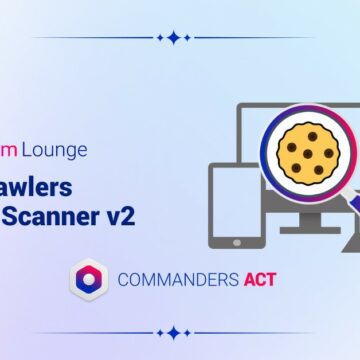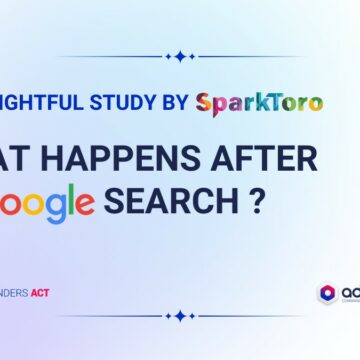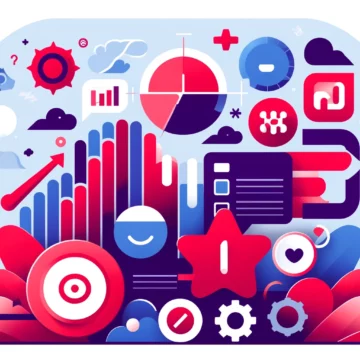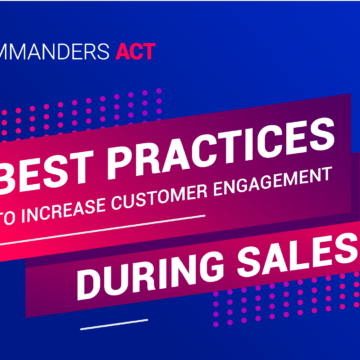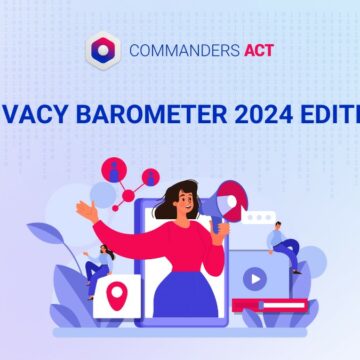From DMP to CDP: 5 major reconciliations
04/07/2018 |

As has happened many times before in the innovative world of digital marketing, it would appear that the arrival of CDP marks the end of the DMP. But is this a revolution, or rather an evolution? Let’s look at 5 major reconciliations made possible by the CDP to find out.
#1 Reconciliation of activations
Historically, the DMP (Data Management Platform) concept emerged in the wake of the DSP (Demand Side Platform). So much so that in 2015, some were asking why the two different platforms even existed? In reality, their roles are rather distinct: the DMP collects data originating from advertisers’ digital environments, segments audiences (anonymous profiles created by cookies) and feeds the DSP, trading desks and other relevant tools to optimise media buying.
The original purpose of the DMP was thus fundamentally advertising orientated. However, it has since considerably evolved, widening its scope to include web personalisation, emailing, social media retargeting and telemarketing. The purpose is to offer the largest possible range of activations to cover the entire lead and customer journey. And that’s exactly what the CDP (Customer Data Platform) aims to enrich: instead of simply gathering and refining marketing data to optimise media buying, it now makes audiences the centre of its attention.
#2 Reconciliation of channels
As its name suggests, the DMP was born in the digital era. But we are in 2018, where the digital world is no longer seen as an isolated island but one part of a larger entity: the omni-channel journey. All the studies confirm it: the ROPO Observatory found that 31% of website visitors follow up with an in-store purchase, and according to Fevad, 29% of online buyers also bought other products when they went to pick up their order. Evidently, omni-channel is not just marketing fantasy, but a tangible reality that must be addressed by solutions.
That is why the DMP, initially focused on media buying and the digital world, is embracing the offline world to provide end-to-end scenarios. One example is Crédit Mutuel Nord Europe, which analyses web behaviour to identify a visitor who intends to close their account and then triggers a call from their retention team. Or women’s fashion brand Promod, which uses it to manage omni-channel performance and increases Customer Lifetime Value. This omni-channel DMP is the CDP.
#3 Reconciliation of data types
A comparison between the DMP and CRM has often been made to explain the DMP’s place in the famous MarTech stack. It often highlights the fact that one (the DMP) is fed with anonymous digital data while the other (the CRM) processes nominative data relating to all online and offline interactions. And although, at one time, the DMP followed a strictly cookie-only diet, the arrival of omni-channel brought with it the need for personalisation. The Media DMP thus gave way to a Marketing DMP, often connected to the CRM.
Consequently, while the DMP and CRM still have their differences, it’s no longer the nature of the data processed that divides them, since the DMP can now handle nominative data. But should it store this data? If so, what measures should be taken, especially vis-à-vis the GDPR? These questions are unavoidable. Nevertheless, the DMP’s scope now goes far beyond anonymous data. And it’s this evolution that heralds the advent of the CDP.
#4 Reconciliation of data sources
In keeping with their media focus, the DMP was originally designed to leverage third-party data. And in this regard, the game has also changed. Companies have become conscious of their excessive dependence on third parties (GAFA and its walled gardens), consequently expanding their data and augmenting their CRM Onboarding to maximise synergy between cookies and emails.
Since personal data regulations stipulate greater care when merging files, due to the lack of transparency with some third-party data, businesses are looking to better exploit their own, first-party data. Another option being explored is collaborative CRM Onboarding, whereby several companies pool their data. To do so, the marketing data management platform must incorporate a matching engine. Another way that the CDP differentiates itself from the DMP.
#5 Reconciliation of teams
Customer retention teams have the CRM; acquisition teams have the DMP. In many marketing departments, the rift between the two solutions often has organisational repercussions. This greatly heeds the ability to construct coherent segmentation and activation strategies throughout the conversion tunnel and beyond to retention.
In an increasingly omni-channel world, with growing importance paid to personalising a lead/customer’s journey, the lines have already moved. Can the CDP help synergise efforts even further? It certainly intends to, which is something the Media DMP could never hope to achieve. While it may not revolutionise the DMP, the CDP signifies a substantial evolution for these platforms that are in the process of becoming the new hubs for marketing data.
How can you orchestrate your marketing based around people — and not cookies? Read our white paper to learn how a CDP can help you in the omni-channel era.
WANT TO LEARN MORE? DOWNLOAD THE WHITEPAPER
